
The Želiv Monastery has a newly organized library; the historical furniture was destroyed
Želiv (Pelhřimovsko) – The Želiv Monastery has a newly organized historical library, which contains around 25,000 volumes written before 1850. Frescoes have been preserved in the baroque convent hall, but the original furnishings of the library were destroyed. The Premonstratensians have installed new furniture there. Starting April 13, additional new monastic exhibitions in the renovated building of the Old Prelature will be accessible, showcasing the history of the monastery and the former residence of the abbot. This was reported to ČTK by representatives of the monastery.
Abbot Tadeáš Robert Spišák reminisced about how, upon arriving in Želiv 20 years ago, he guided visitors through the monastery. In the refectory, which is the dining hall, he emphasized that above it is the library, a spiritual nourishment. At the same time, he mentioned that the library was closed. "Because the furniture was destroyed and burned during communism, and those books are just lying in piles, we need to catalog them," he told ČTK.
The library now features new furniture made up of freely standing concrete supports and steel shelves, into which valuable books, mainly in leather bindings, are carefully organized. "We decided, after consulting with the heritage office, that we would not go for any replicas because nothing from the historical old library has been preserved," the abbot stated.
The furniture was designed by the Šépka Architects office. During the casting of the concrete parts, gravel and pebbles from the Želivka River were used. Students from Palacký University in Olomouc, under the guidance of Jana Oppeltová, who teaches at the Department of History of the Faculty of Arts, are assisting with the arrangement of the books and their cataloging.
"The monastery cannot function without books," Oppeltová said. She noted that the Želiv library was meant to reflect the world, which is why, in addition to theological literature, there are books from various fields. They are mainly written in German, Latin, and Czech. There are also medieval and baroque manuscripts and incunabula printed between 1450 and 1500. After the monastery was abolished by the communists, the books were taken to Strahov. Most of them were preserved, but they were mixed with books from other monasteries, she noted.
The library will be available to specialists and on special occasions to visitors as well. The renovated Old Prelature is part of the monastery's tour circuit. Exhibits in it present local archaeological finds, the monastery's development since its founding in 1139, as well as how the abbot's residence might have looked around the early 20th century and what his role in the monastery and society was. Also displayed are artifacts that have previously been stored in depositories.
In the building near the church, there were last residential apartments, but it was empty for a long time due to poor condition. Repairs were finished last year. The monastery also now has new facilities for visitors. For investments totaling almost 50 million crowns, the canonry received over 40 million crowns from the IROP program.
The communists abolished the monastery in 1950. For six years, it served as an internment camp for priests and religious, later as a psychiatric and addiction recovery facility. The Premonstratensians were able to return in the early 1990s, and the buildings are being gradually repaired. The complex, which is a national cultural monument, was visited by 17,000 visitors last year.
Abbot Tadeáš Robert Spišák reminisced about how, upon arriving in Želiv 20 years ago, he guided visitors through the monastery. In the refectory, which is the dining hall, he emphasized that above it is the library, a spiritual nourishment. At the same time, he mentioned that the library was closed. "Because the furniture was destroyed and burned during communism, and those books are just lying in piles, we need to catalog them," he told ČTK.
The library now features new furniture made up of freely standing concrete supports and steel shelves, into which valuable books, mainly in leather bindings, are carefully organized. "We decided, after consulting with the heritage office, that we would not go for any replicas because nothing from the historical old library has been preserved," the abbot stated.
The furniture was designed by the Šépka Architects office. During the casting of the concrete parts, gravel and pebbles from the Želivka River were used. Students from Palacký University in Olomouc, under the guidance of Jana Oppeltová, who teaches at the Department of History of the Faculty of Arts, are assisting with the arrangement of the books and their cataloging.
"The monastery cannot function without books," Oppeltová said. She noted that the Želiv library was meant to reflect the world, which is why, in addition to theological literature, there are books from various fields. They are mainly written in German, Latin, and Czech. There are also medieval and baroque manuscripts and incunabula printed between 1450 and 1500. After the monastery was abolished by the communists, the books were taken to Strahov. Most of them were preserved, but they were mixed with books from other monasteries, she noted.
The library will be available to specialists and on special occasions to visitors as well. The renovated Old Prelature is part of the monastery's tour circuit. Exhibits in it present local archaeological finds, the monastery's development since its founding in 1139, as well as how the abbot's residence might have looked around the early 20th century and what his role in the monastery and society was. Also displayed are artifacts that have previously been stored in depositories.
In the building near the church, there were last residential apartments, but it was empty for a long time due to poor condition. Repairs were finished last year. The monastery also now has new facilities for visitors. For investments totaling almost 50 million crowns, the canonry received over 40 million crowns from the IROP program.
The communists abolished the monastery in 1950. For six years, it served as an internment camp for priests and religious, later as a psychiatric and addiction recovery facility. The Premonstratensians were able to return in the early 1990s, and the buildings are being gradually repaired. The complex, which is a national cultural monument, was visited by 17,000 visitors last year.
The English translation is powered by AI tool. Switch to Czech to view the original text source.
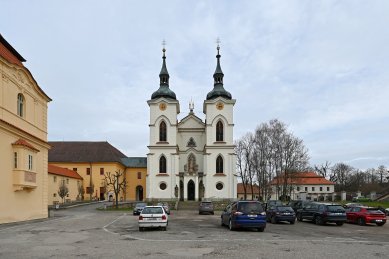
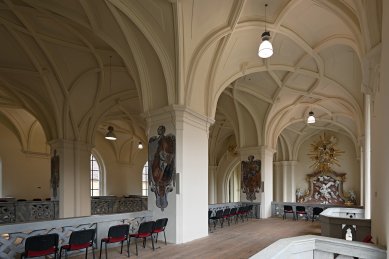
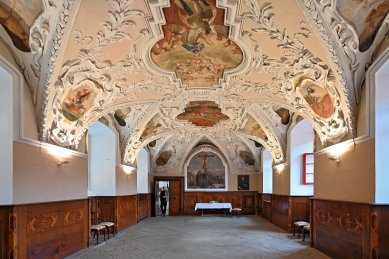
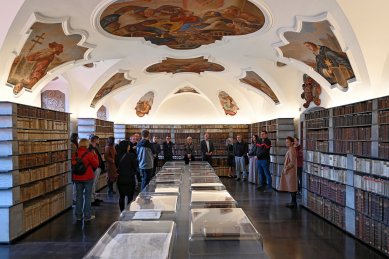
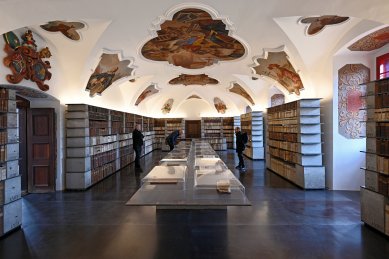
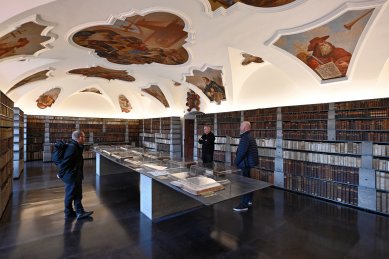
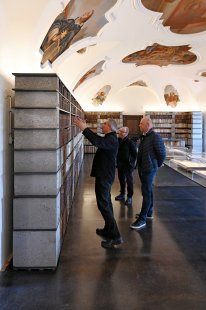
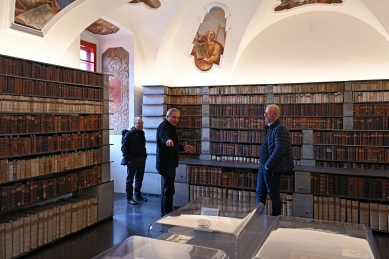
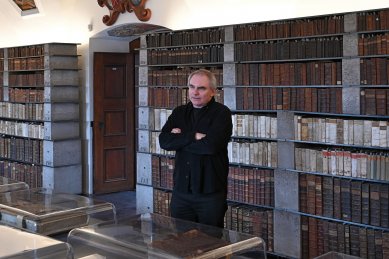
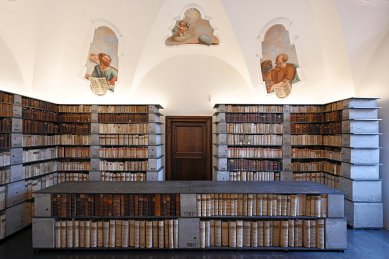
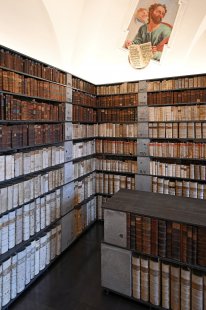
0 comments
add comment
Related articles
3
04.02.2022 | The Želiv Premonstratensians will have the building of the old prelate repaired; there will be exhibitions there
0
16.08.2017 | The Premonstratensians in Želiv will restore the facades of the monastery buildings thanks to a grant
0
08.07.2016 | The Želiv Monastery has opened the temple tower to the public
0
15.04.2015 | The Santini Monastery Church in Želiv will be closed due to renovations












